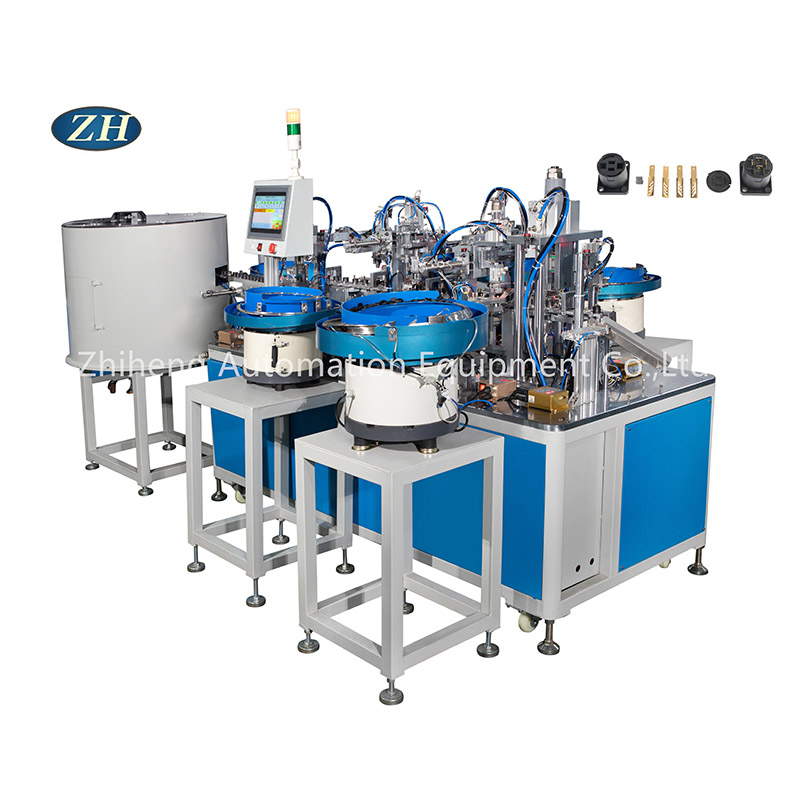Assembly Machines: Revolutionizing Modern Manufacturing
2025-06-19
In today’s fast-paced manufacturing environment, efficiency, precision, and consistency are more critical than ever. This is where assembly machines come into play—automated systems designed to streamline the process of putting together components into finished products. From electronics to automotive parts, assembly machines have transformed production lines by increasing speed, reducing errors, and lowering labor costs.

What Is an Assembly Machine?
An assembly machine is a piece of automated equipment that performs repetitive tasks to join or assemble parts into a finished product or sub-assembly. These machines range from simple mechanical devices to highly sophisticated robotic systems equipped with sensors and computer controls.
Types of Assembly Machines
Manual Assembly Machines
Help workers perform specific tasks more efficiently with mechanical assistance.
Semi-Automatic Assembly Machines
Combine human input with automated functions, ideal for tasks that require some flexibility.
Fully Automatic Assembly Machines
Perform entire assembly processes autonomously, from part feeding to final inspection.
Robotic Assembly Systems
Use programmable robots for highly precise and complex assembly operations.
Benefits of Using Assembly Machines
Increased Productivity
Assembly machines work faster and more continuously than manual labor.
Improved Accuracy and Quality
Automated processes reduce human error and ensure consistent results.
Cost Savings
Lower labor costs and reduced material waste contribute to overall savings.
Enhanced Safety
Machines handle hazardous or repetitive tasks, minimizing workplace injuries.
Scalability
Easily adjustable to different product lines or volumes.
Applications of Assembly Machines
Electronics Manufacturing
Assemble circuit boards, connectors, and small electronic devices.
Automotive Industry
Used for assembling engines, transmissions, and body components.
Consumer Goods
Assemble household appliances, toys, and packaging.
Medical Devices
Ensure precision assembly of delicate instruments and components.
Aerospace
Used for assembling complex parts with high accuracy requirements.
Choosing the Right Assembly Machine
Production Volume
Higher volumes typically justify fully automatic machines.
Product Complexity
Complex assemblies may require robotic or semi-automatic systems.
Flexibility
Consider if the machine needs to handle multiple products or frequent changeovers.
Budget
Balance upfront investment with long-term savings and ROI.
Maintenance and Support
Look for machines with reliable service and easy maintenance.
Final Thoughts
Assembly machines are at the heart of modern manufacturing innovation. By automating repetitive and precise tasks, they boost efficiency, improve product quality, and help companies stay competitive in a demanding market. Whether you’re a small business or a large industrial manufacturer, investing in the right assembly machine can transform your production process and drive growth.


